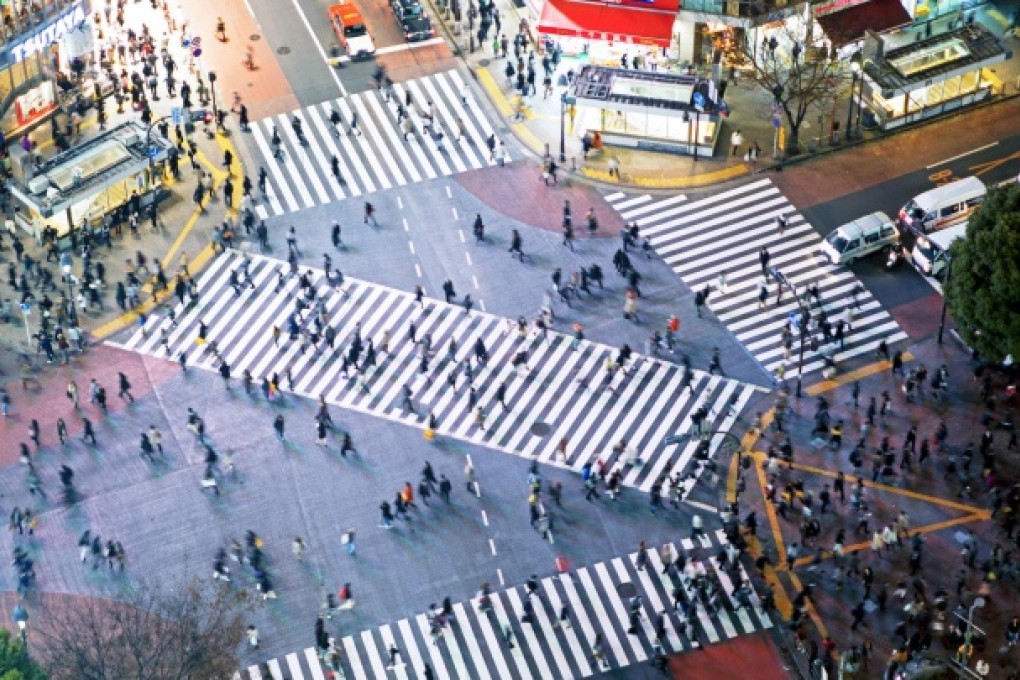Tokyo's couture secrets are off the beaten track
The city's best edgy looks aren't only found in the big designer stores, writes Annie Gotterson

visit Tokyo for fashion. They've all seen the street-style blogs and heard designers, celebrities and photographers from around the world give props to the city's eccentric tastes. But Tokyo is no runway and, unless you attend fashion events, most people you see are dressed in the same clothes seen on the streets of all big cities. The same goes for the shops: these days in the main shopping districts, the largest and most easily accessible shops stock clothes that are perfectly lovely, but not extravagant enough to satisfy the fashion tourist's appetite for edgy Tokyo style.
Some of the city's best shops, and those favoured by fashionable locals, are squeezed into tiny spaces or tucked down side alleys, and often overlooked by newcomers. But as long as you arm yourself with a few helpful Japanese phrases, Google Maps and a wad of cash, there's no reason you can't get pieces that will elicit praise and envy from friends back home.
A former epicentre of cosplay (dressing up in costumes) and fashion sub-cultures, these days in Harajuku you're more likely to see trendy young Tokyoites in Junya Watanabe and A.P.C. than the gothic Lolita girls and flamboyant, attention-seeking youths that used to congregate here. But it's still a fashion hot spot and, if you avoid the tourist trap Takeshita Dori and venture away from the towering designer shops that line Omotesando Dori, some of Tokyo's best fashions can be found here - not to mention some of the most fabulously attired shop assistants in the city.
At the fore is Faline. A pint-sized boutique, that focuses on fun, colourful fashion with a sense of humour. Stock ranges from an original brand to edgy street label KTZ and what seems to be everything ever produced under the Jeremy Scott umbrella. Faline is a long-standing Tokyo trendsetter and recent visitors include Jake Shears from the Scissor Sisters, Katy Perry and French graffiti artist Fafi, whose creations cover the store's walls.
On the other side of Meji Dori, the main road a few minutes walk from Faline, is the entrance to Harajuku Street. The vintage, skate and street shops that line this web of alleys are worth exploring. Poke around and try the staircases and elevators, there is an impressive number of shops squeezed into tiny spaces. The pick of the mix are popular Japanese street label Lad Musician, casual men's label White Mountaineering and Dog Harajuku.